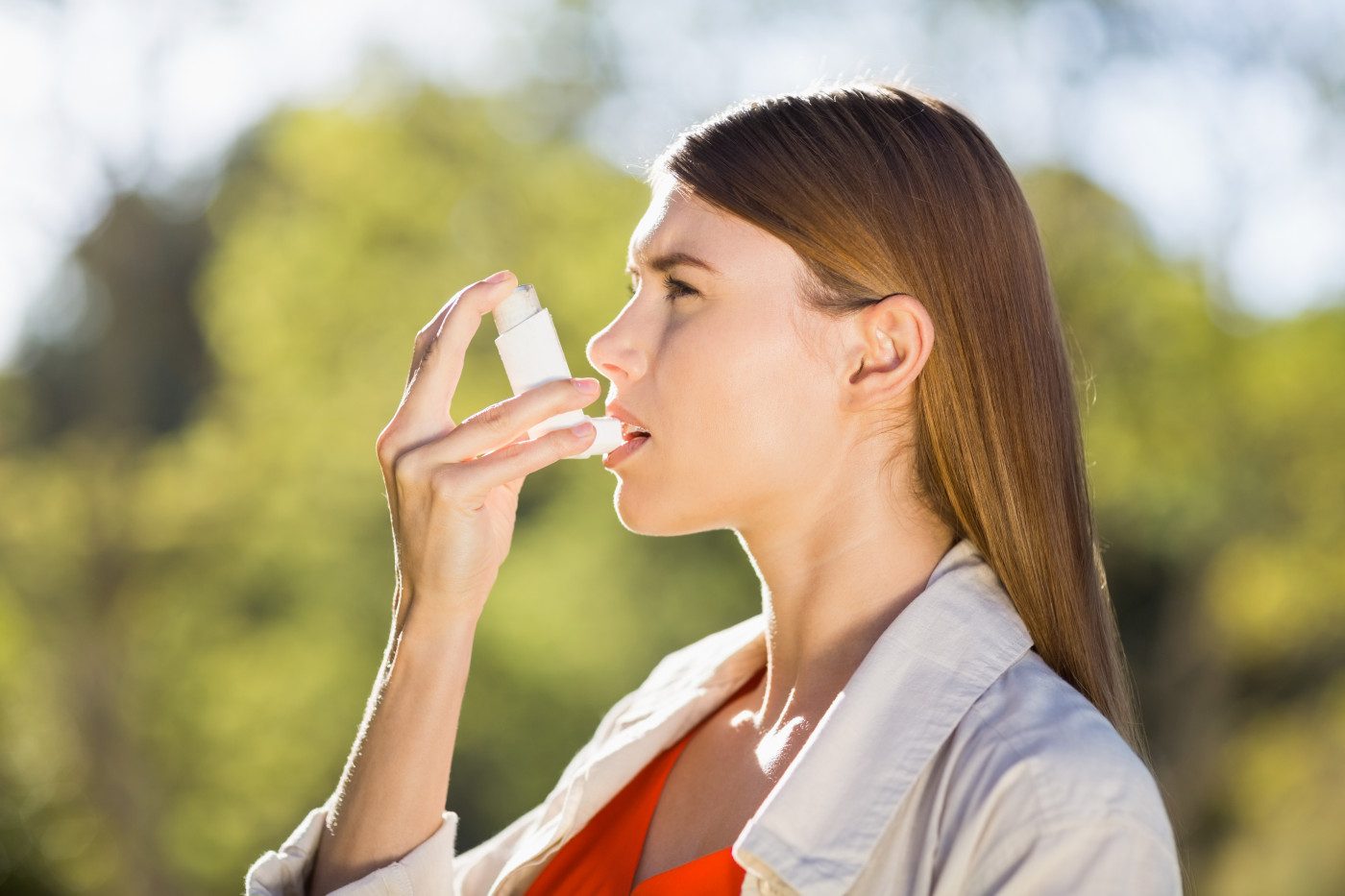Dry Powder Inhalers OK Despite Less Respiratory Muscle Strength

Despite having lower respiratory muscle strength, people with pulmonary arterial hypertension (PAH) can still use dry powder inhalers that require breath-actuated force to effectively deliver inhaled therapies, a study has found.
The study, “Impact of human behavior on inspiratory flow profiles in patients with pulmonary arterial hypertension using AOS™ dry powder inhaler device,” was published in the journal Pulmonary Circulation.
PAH is a progressive disorder caused by the narrowing of the arteries connecting the lungs to the heart, leading to high blood pressure and heart strain.
Medications currently used to alleviate PAH symptoms usually work by promoting relaxation and widening of blood vessels to lower pressure. Many of them are inhaled therapies that require patients to use specific delivery devices, such as nebulizers or dry powder inhalers.
While nebulizers are active devices capable of supplying the energy needed to make a mist of particles that are then inhaled by patients, dry powder inhalers rely on patients’ own respiratory muscle strength to do so.
“Many patients with PAH exhibit respiratory muscle dysfunction and weakness, which can negatively impact their maximum inspiratory pressure (MIP),” and consequently limit the effectiveness of treatment delivery when using dry powder inhalers. MIP means “maximal inspiratory pressure,” which is a measure of inspiratory muscle strength.
However, little is known about the impact low respiratory muscle strength has on the effectiveness of dry powder inhalers in these patients.
In an attempt to answer this question, researchers at Respira Therapeutics and their colleagues carried out a study to evaluate the inspiratory flow profile of PAH patients while using dry powder inhalers that required different levels of breath-actuated force to work properly.
The study involved 35 patients, ages 18–75, who had received a confirmed diagnosis of PAH. From these, 18 were asked to use three different variants of Plastiape’s RS01 dry powder inhalers that had different airflow resistances. These included low- and medium-resistance RS01 models, as well as a high-resistance variant designed by Respira Therapeutics, the AOS DPI.
The remaining 17 used the high resistance AOS DPI variant, but following three different sets of instructions. Some patients were instructed to exhale until emptying their lungs, and then inhale through the device applying maximum force until their lungs were full. This also was the setting used by those testing different inhalers, and is generally the procedure that is recommended for patients using these devices.
Those in the second group did the same, except that they were not required to apply as much force while inhaling through the device. Patients in the third group did the same as those in the first group, except they did not fully empty their lungs before using the inhaler.
In all scenarios, patients’ inspiratory flow profile was recorded using a custom data acquisition profile recorder.
Analyses demonstrated that patients’ mean peak inspiratory pressure (PIP) — the highest level of pressure that is applied to the lungs while one is breathing in — increased from 3.7 kilopascal (kPa) on the low-resistance RS01 inhaler, to 6.5 kPa on the high-resistance AOS DPI model.
According to the researchers, mean PIP values obtained in patients using the low-resistance inhaler correspond to approximately 60% of their total MIP.
“Hence, when compliant with the preferred instruction to inhale with maximal effort, most subjects are expected to achieve a PIP sufficient to achieve effective drug delivery,” the investigators wrote.
Researchers also found that patients who were asked to inhale with as much force as possible while using the AOS DPI had much higher mean PIP values than those who did so comfortably (6.0 kPa vs. 2.1 kPa).
They also found that patients who had poorer lung function tended to have lower mean PIP values than those who had better lung function (7.2 kPa vs. 3.3 kPa).
Patients who had FEV1 values lower than 50% were deemed to have poor lung function, while those whose FEV1 values were greater than 60% were considered to have better lung function. FEV1, or forced expiratory volume in one second, is a lung function parameter that measures the total amount of air exhaled in one second after a deep breath.
“In conclusion, despite having reduced respiratory muscle strength, subjects with pulmonary arterial hypertension can effectively use a breath-actuated dry powder inhaler,” the researchers wrote.
They also added that for patients who have poor lung function or do not follow the prescribed instructions, using a high resistance dry powder inhaler may increase their chances of receiving the intended dose of the medication.







